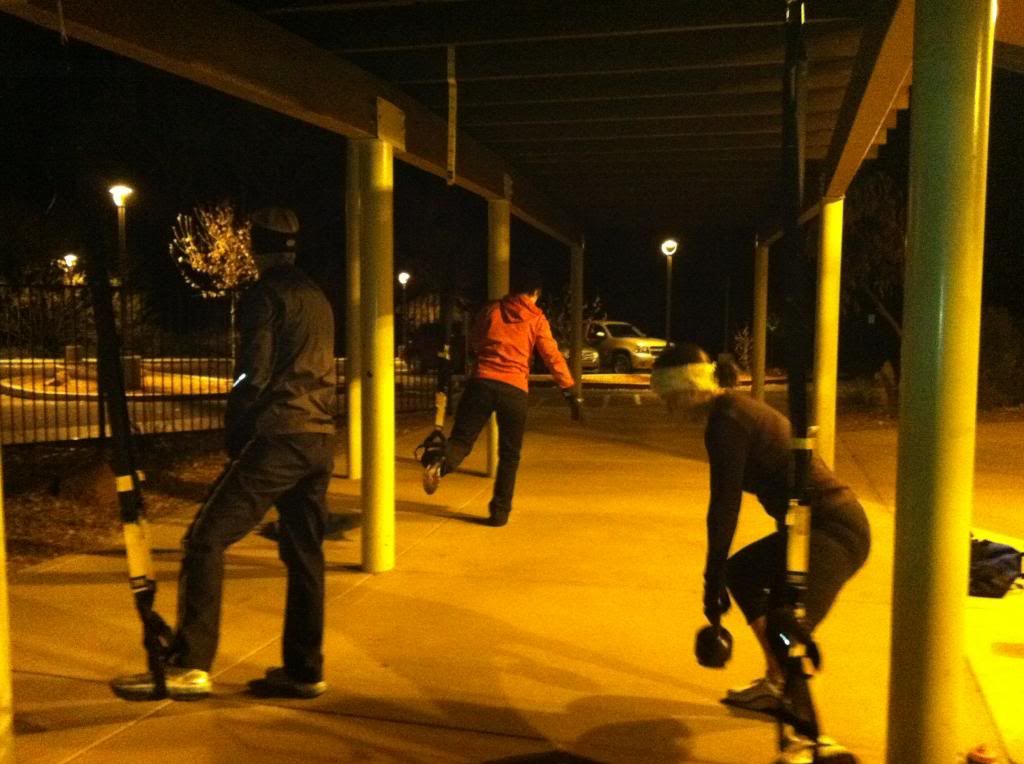As Personal Fitness Trainers we have always discouraged our clients from
sitting for long periods of time without getting up to move and stretch.
We know that are bodies are designed to move
and that sitting leads to poor posture and tight muscles.
But now there is research that shows that
sitting has significant metabolic consequences that can lead to serious health
problems and even premature death.
We spend more and more time sitting.
We sit at our desks, we sit in our cars, and we sit to watch TV.
All of this sitting negatively affects our
blood sugar, triglycerides, good cholesterol, resting blood pressure and levels
of the “appetite hormone” leptin.
These
are all biomarkers of obesity and cardiovascular disease and research shows
that the more time we spend on our rears, the more likely we are to become
obese and/or develop cancer, type 2 diabetes, and cardiovascular disease.
Sitting also negatively impacts our lymph system which helps our bodies
fight off infections.
The lymph vessels,
which drain waste materials created by infection, do not have a pump like our
hearts.
They are controlled by the
rhythmic contractions of the muscles in our legs.
So when we sit our lymph system cannot
perform properly.
Unfortunately, as much as we love exercise, and in spite of its many
benefits, even a regular exercise program will not undo the damage of hours of
sitting.
But we can counter the negative
affects of sitting.
Get up and move at
least every 30 minutes and you will significantly reduce your odds of falling
victim to “sitting disease”.
Keep a
small cup of water on your desk that you need to get up and refill
frequently.
Take advantage of time spent
on the phone to walk rather than remaining at your desk.
If you spend time watching TV, do it while
standing and folding laundry, cooking, or while riding an exercise bike. As usual, our advice is to keep moving!







